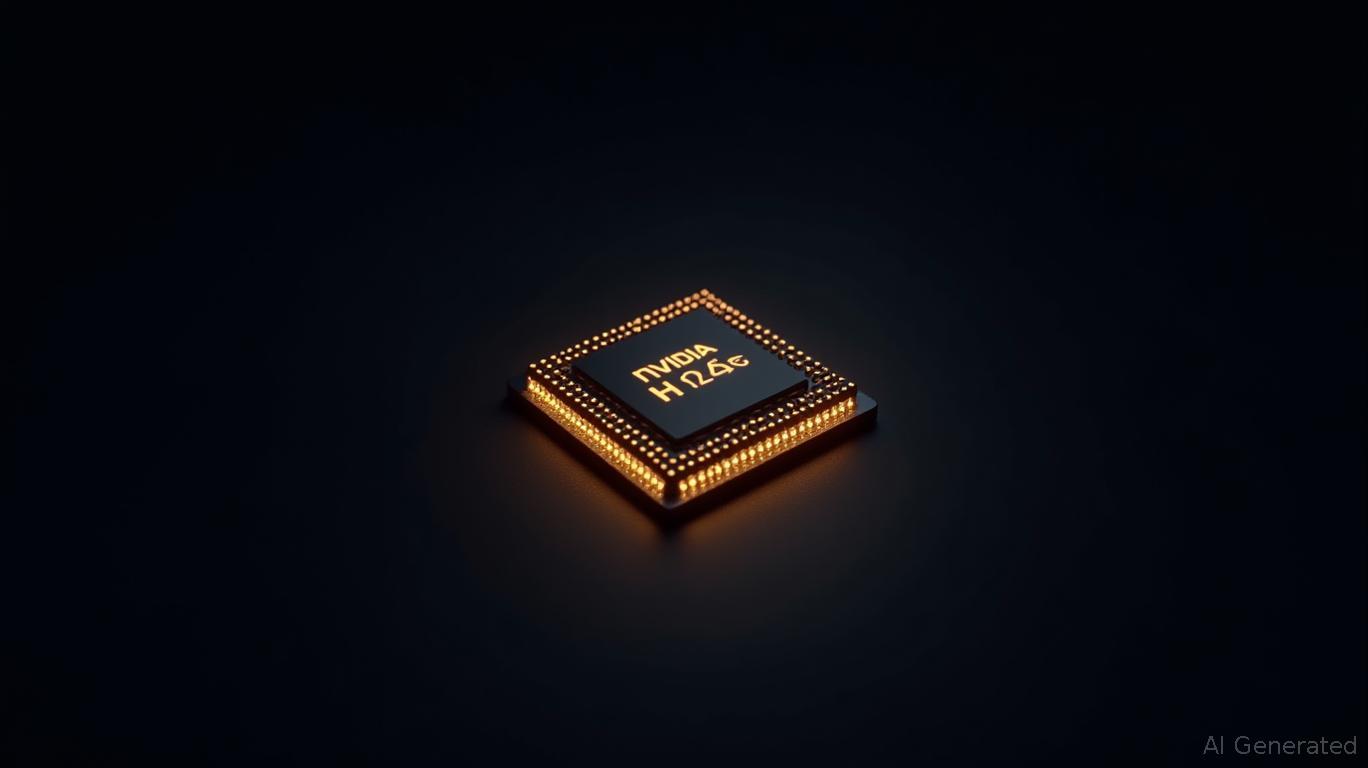Nvidia's Regulatory Tightrope: Navigating Export Controls for AI Dominance
The U.S. export control regime has undergone seismic shifts in 2025, reshaping the global AI chip market and thrusting companies like Nvidia into a high-stakes game of compliance and strategic maneuvering. While the Biden administration's earlier AI Diffusion Rule was scrapped to avoid stifling innovation, its replacement—a labyrinth of tiered restrictions, computational thresholds, and geopolitical tiering—has created both risks and opportunities for the GPU giant. Here's how the rules could redefine Nvidia's future.
The New Regulatory Landscape: A Three-Tiered World
The Bureau of Industry and Security (BIS) has divided the globe into three tiers, with profound implications for chip exports:
- Tier 1: Allies like Japan, Taiwan, and the U.K. qualify for limited exceptions, allowing unrestricted shipments of advanced chips like Nvidia's H100 and A100.
- Tier 2: Countries face annual quotas on total processing power (TPP) of exported AI hardware. A threshold of 26.9 million TPP units triggers licensing requirements.
- Tier 3: China and sanctioned nations face near-total restrictions, barring shipments of advanced chips without a license.

The rules also impose a computational threshold: closed-source AI models trained with ≥10²⁶ operations now require licenses for non-Tier 1 exports. This targets future high-capability systems, though only a handful of existing models currently meet the bar.
The Challenges: Supply Chain Complexity and Compliance Costs
Nvidia faces immediate headwinds:
1. Pre-May 2025 “Gold Rush”: To avoid bottlenecks, the company accelerated shipments to Tier 1 allies like Taiwan and Japan, leveraging the Low Processing Performance (LPP) exception to stay under TPP quotas. Competitors like
2. Compliance Costs: Smaller firms may struggle with the due diligence requirements, including tracking shipments, verifying recipient eligibility, and reporting computational thresholds. Non-compliance risks penalties, including fines and loss of export privileges.
3. Geopolitical Risks: The expanded Entity List now blocks U.S. persons from supporting activities that aid China's military or intelligence end uses. This complicates partnerships in the world's second-largest economy.
The Opportunities: Strategic Leverage in a Tiered World
Despite the hurdles, Nvidia's proactive moves position it to capitalize on the new order:
- Tier 1 Dominance: By locking in sales to allies like Japan and Taiwan,
- Computational Thresholds as a Barrier: The 10²⁶ threshold effectively limits competition in the near term, as few firms can afford to develop models requiring such scale.
- Middle Eastern Alliances: The U.S. government's expedited licensing for Middle Eastern partners—evident during Trump's recent visits—opens new markets where Nvidia's AI infrastructure can dominate.
The Investment Case: A Long-Term Play with Risks
Nvidia's stock has already reflected this tension, with volatility tied to regulatory headlines. However, its strategic agility—from LPP optimization to cloud partnerships—suggests it can navigate these rules better than rivals.
Key Risks:
- A misstep in compliance could trigger penalties or reputational damage.
- China's potential development of alternatives (e.g., Huawei's Ascend chips) could erode long-term demand.
- Global semiconductor oversupply, if it materializes, might depress prices.
Why Buy Now?:
- Nvidia's moat in AI hardware remains unmatched, and the new rules are unlikely to dislodge its leadership in training large models.
- The computational thresholds buy time for the company to innovate ahead of competitors.
- Tier 1 sales and Middle Eastern alliances offer growth avenues insulated from China's restrictions.
Final Take
Nvidia's regulatory challenges are real, but the company's ability to preemptively adjust its supply chain and leverage geopolitical tiering positions it as a prime beneficiary of U.S. export controls. For investors, this is a long-term growth story with bumps along the way—ideal for those willing to endure volatility for exposure to the AI revolution.
Recommendation: Hold Nvidia for strategic exposure to AI, but keep an eye on compliance updates and geopolitical shifts. The road is bumpy, but the destination remains lucrative.

Comments
No comments yet